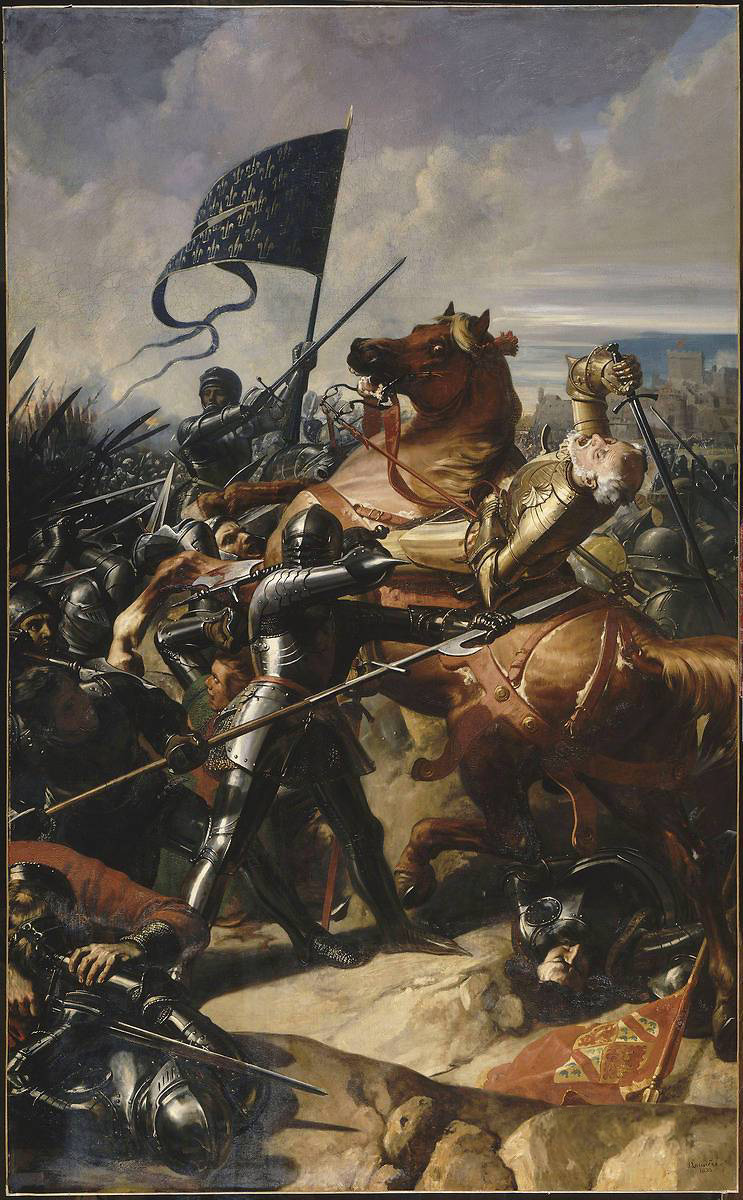|
Comité Des Étudiants Américains De L'École Des Beaux-Arts Paris
The Committee of American Students of the School of Beaux-Arts, Paris (''Comité des Étudiants Américains de l'École des Beaux-Arts Paris'' 'C.E.A. à l'E.D.B.A.'' was an organization of American art students at the Ecole des Beaux-Arts in Paris. American alumni of the school were also involved. It was active as a war and war-relief charity supporting the French cause during World War I, operating from at least 1916 through the end of the war. Among other activities, they raised funds through the production and sale of art-postcards. Overview The Comité des Étudiants Américains de l'École des Beaux-Arts Paris, an organization of American art students at the Ecole des Beaux-Arts in Paris, was set up as a war and war-relief charity in support of the French cause in the First World War; operating from at least 1916 to early 1919. American alumni of the school were also involved. The group was strongly Francophile. A primary focus of their charitable activities was pr ... [...More Info...] [...Related Items...] OR: [Wikipedia] [Google] [Baidu] |
Monochrome Landscape Painting (black-gray-white)
A monochrome or monochromatic image, object or palette is composed of one color (or values of one color). Images using only shades of grey are called grayscale (typically digital) or black-and-white (typically analog). In physics, monochromatic light refers to electromagnetic radiation that contains a narrow band of wavelengths, which is a distinct concept. Application Of an image, the term monochrome is usually taken to mean the same as black and white or, more likely, grayscale, but may also be used to refer to other combinations containing only tones of a single color, such as green-and-white or green-and-red. It may also refer to sepia displaying tones from light tan to dark brown or cyanotype ("blueprint") images, and early photographic methods such as daguerreotypes, ambrotypes, and tintypes, each of which may be used to produce a monochromatic image. In computing, monochrome has two meanings: *it may mean having only one color which is either on or off (also known as ... [...More Info...] [...Related Items...] OR: [Wikipedia] [Google] [Baidu] |
Soissons
Soissons () is a commune in the northern French department of Aisne, in the region of Hauts-de-France. Located on the river Aisne, about northeast of Paris, it is one of the most ancient towns of France, and is probably the ancient capital of the Suessiones. Soissons is also the see of an ancient Roman Catholic diocese, whose establishment dates from about 300, and it was the location of a number of church synods called " Council of Soissons". History Soissons enters written history under its Celtic name, later borrowed into Latin, Noviodunum, meaning "new hillfort", which was the capital of the Suessiones. At Roman contact, it was a town of the Suessiones, mentioned by Julius Caesar (''B. G.'' ii. 12). Caesar (''B.C.'' 57), after leaving the Axona (modern Aisne), entered the territory of the Suessiones, and making one day's long march, reached Noviodunum, which was surrounded by a high wall and a broad ditch. The place surrendered to Caesar. From 457 to 486, under Aegi ... [...More Info...] [...Related Items...] OR: [Wikipedia] [Google] [Baidu] |
France In World War I
The military history of France encompasses an immense panorama of conflicts and struggles extending for more than 2,000 years across areas including modern France, Europe, and a variety of regions throughout the world. According to historian Niall Ferguson, France is the most successful military power in history. It participated in 50 of the 125 major European wars that have been fought since 1495; more than any other European state. The first major recorded wars in the territory of modern-day France itself revolved around the Gallo-Roman conflict that predominated from 60 BC to 50 BC. The Romans eventually emerged victorious through the campaigns of Julius Caesar. After the decline of the Roman Empire, a Germanic tribe known as the Franks took control of Gaul by defeating competing tribes. The "land of Francia", from which France gets its name, had high points of expansion under kings Clovis I and Charlemagne, who established the nucleus of the future French state. In the Mi ... [...More Info...] [...Related Items...] OR: [Wikipedia] [Google] [Baidu] |


